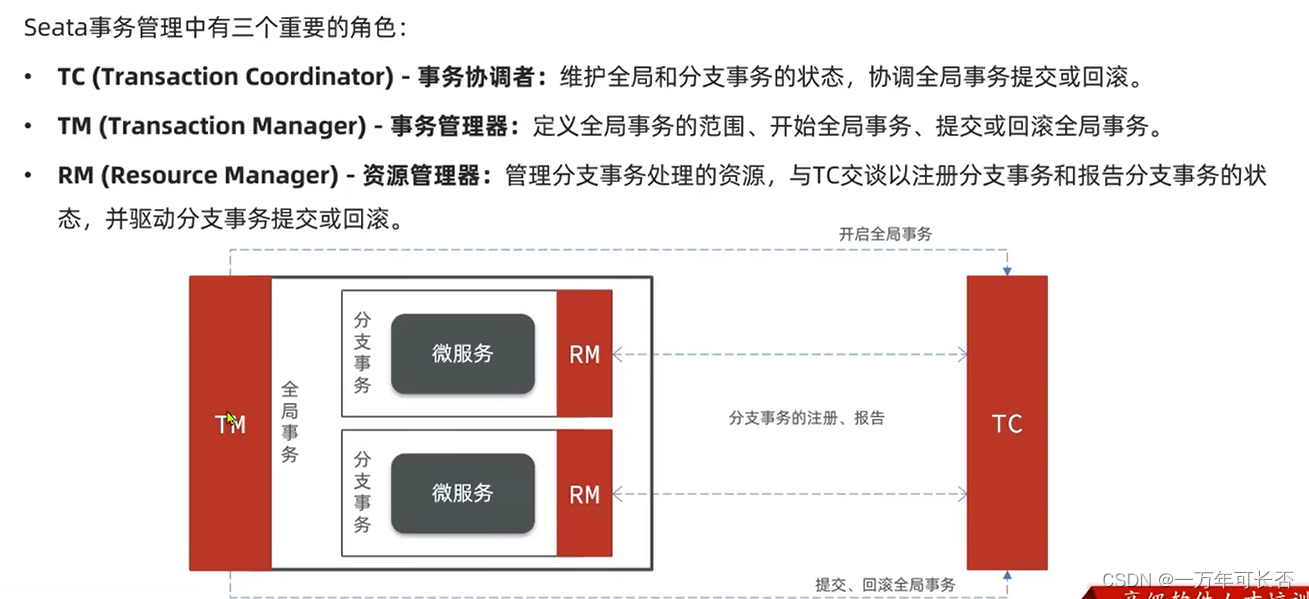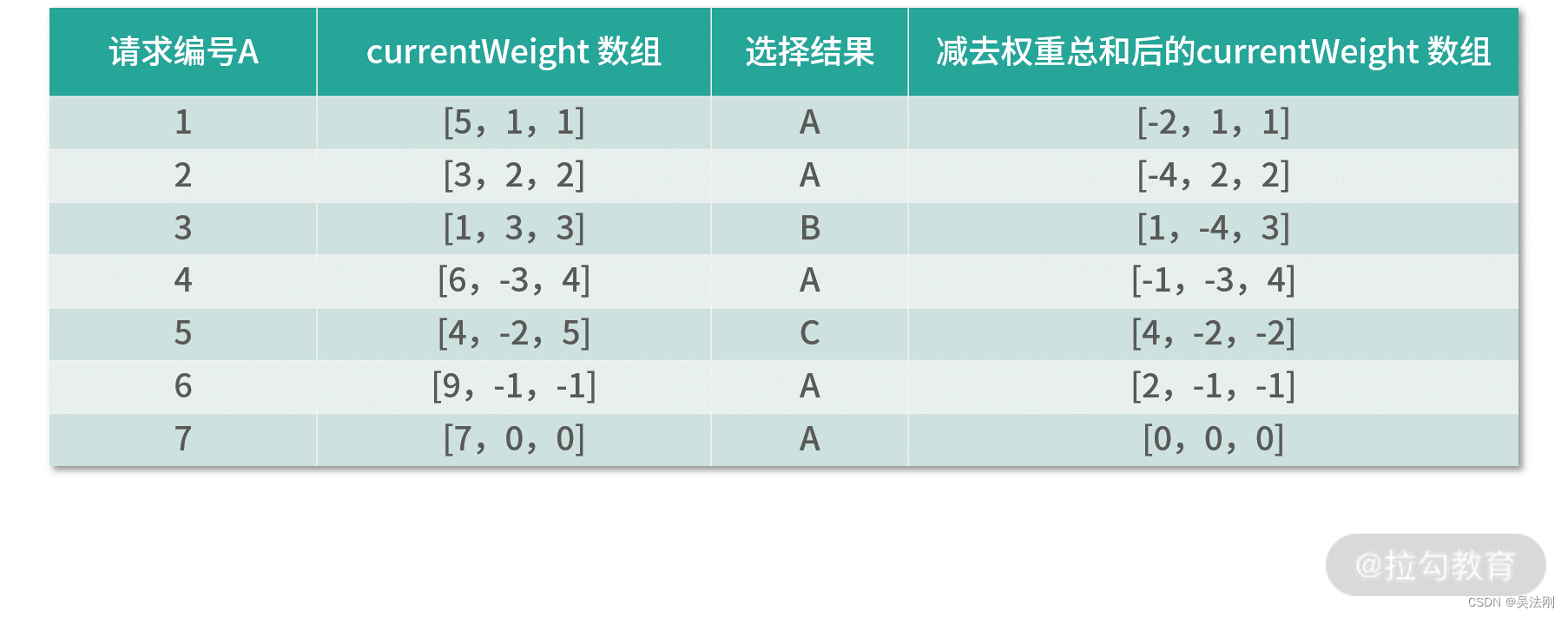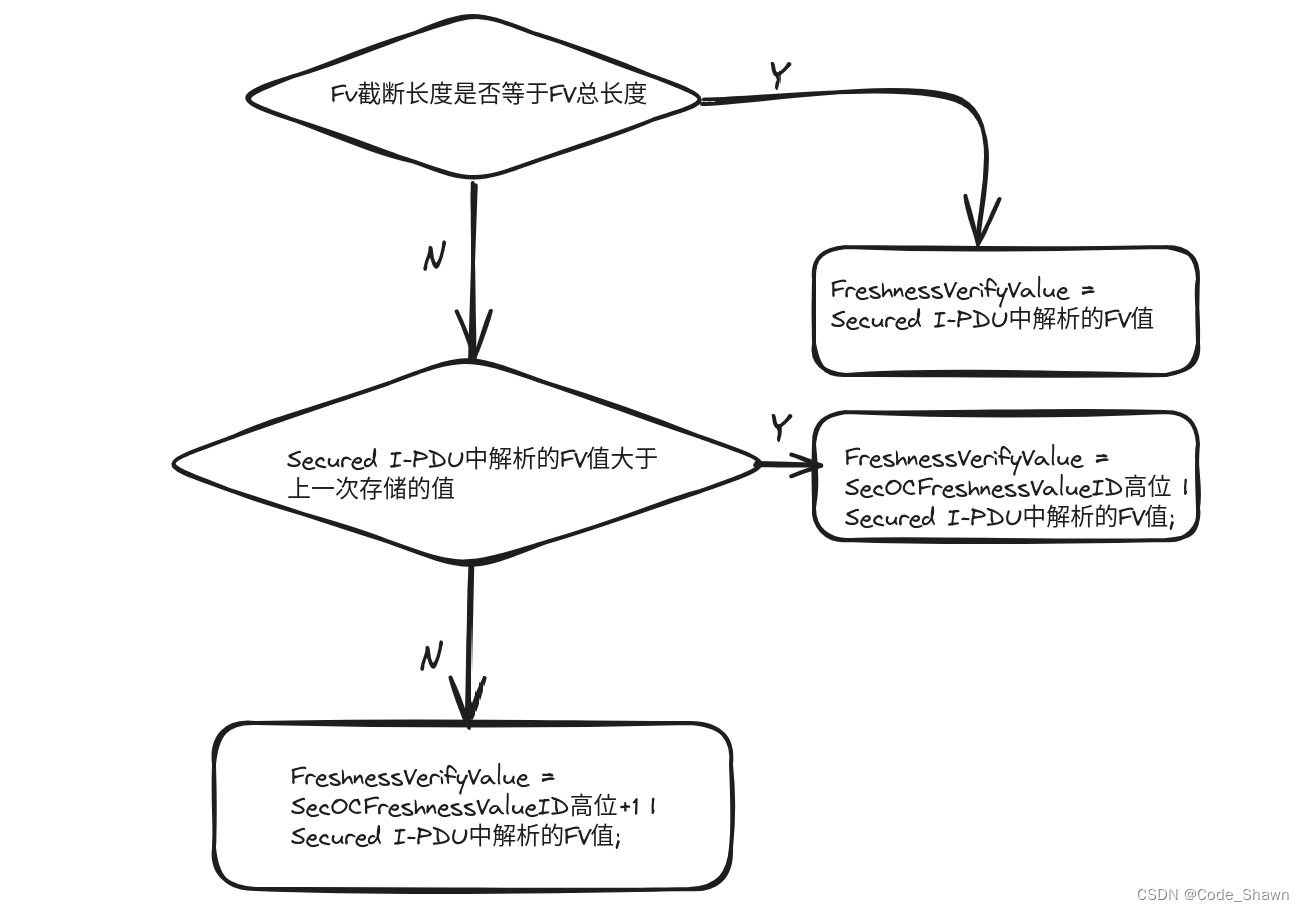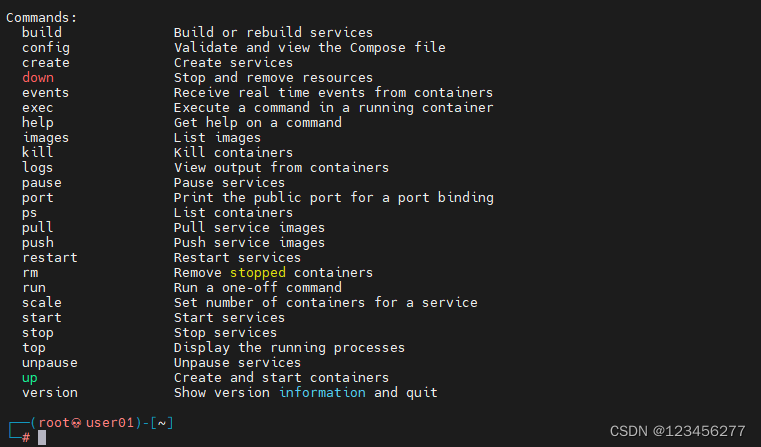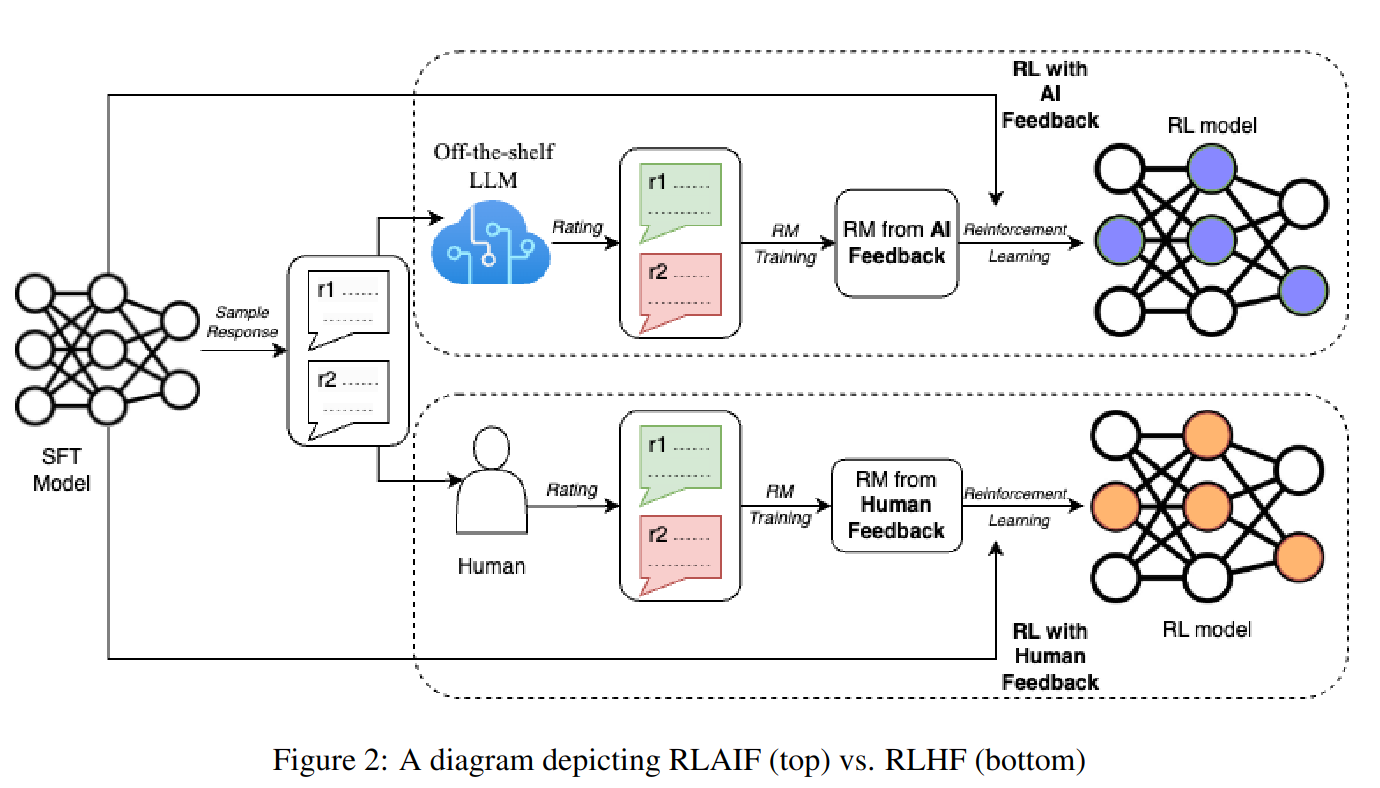1、urllib库的介绍
可以实现HTTP请求,我们要做的就是指定请求的URL、请求头、请求体等信息
urllib库包含如下四个模块
- request:基本的HTTP请求模块,可以模拟请求的发送。
- error:异常处理模块。
- parse:工具模块:如拆分、解析、合并
- robotparse:主要用来识别网站的rebots.txt文件。(用的较少)
2、发送请求
2.1、urlopen
urllib.request模块提供了基本的构造HTTP请求的方法,可以模拟浏览器的请求发起过程,同时还具有处理授权验证(Authentication)、重定向(Redireaction)、浏览器Cookie以及一些其他功能。
import urllib.request
response = urllib.request.urlopen('https://www.baidu.com')
print(response.read().decode('utf-8'))
print(type(response)) #输出响应的类型 HTTPResponse类型
print(response.status) #输出响应的状态码 200
print(response.getheaders()) #输出响应的头信息
print(response.getheader('Server')) #调用getheader方法,传参server得其值2.1.1、data参数
data参数是可选的。在添加该参数时,需要使用bytes方法将参数转化为字节流编码格式的内容,即bytes类型。如果传递了这个参数,那么它的请求方式就不再是GET,而是POST。
import urllib.parse
import urllib.request
# www.httpbin.org可以提供HTTP请求测试
data = bytes(urllib.parse.urlencode({'name':'germey'}),encoding='utf-8')
response = urllib.request.urlopen('https://www.httpbin.org/post',data=data)
print(response.read().decode('utf-8'))
# {..."form":{"name":"germey"...}}表明是模拟表单提交
# 这里传递了一个参数name,值是germey,需要将其转码成bytes类型。转码时采用了bytes方法,该方法的第一个参数得是str类型,因此用urllib.parse模块李的urlencode方法将字典参数转化为字符串;第二个参数用于指定编码格式。2.1.2、timeout参数
timeout参数用于设置超时时间,单位为秒,意思是如果请求超出了设置的这个时间,还没有得到响应,就会抛出异常。如果不指定该参数,则会使用全局默认时间。这个参数支持HTTP、HTTPS、FTP请求。
import urllib.request
response = urllib.request.urlopen('https://www.httpbin.org/get',timeout=0.1)
print(response.read())
# urllib.error.URLError: <urlopen error timed out> 超时
# 通过设置此超时时间,实现当一个网页长时间未响应时,跳过对它的抓取。2.1.3、其他参数
- context参数,该参数必须是ss1.SSLContext类型,用来指定SSL的设置。
- cafile和capath这两个参数分别用来指定CA证书和其路径,这两个在请求HTTPS链接会有用
- cadefault参数已经弃用,默认值为False
2.2、Request
通过构造Request类型的对象,一方面可以将请求独立成一个对象,另一方面可更加丰富灵活的配置参数。
import urllib.request
request = urllib.request.Request('https://python.org')
response = urllib.request.urlopen(request)
print(response.read().decode('utf-8'))构造方法:
class urllib.request.Request(url,data=None,headers={},origin_req_host=None,unverifiable=False,method=None)- 第一个参数 url用于请求URL,这是必传参数,其他都是可选参数。
- 第二个参数data如果要传参数,必须是bytes类型的。如果数据是字典,先用urllib.parse模块里的urlencode方法进行编码。
- 第三个参数headers是一个字典这就是请求头,构造请求时,既可以通过headers参数直接狗仔此项,也可以通过调用请求实例的add_header方法添加。
- 添加请求头最常见的方法就是修改User-Agent来伪装成浏览器。默认为Python-usrllib。若伪装成火狐浏览器,则设置User-Agent为:Mozilla/5.0 (Windows NT 10.0; Win64; x64) AppleWebKit/537.36 (KHTML, like Gecko) Chrome/83.0.4103.97 Safari/537.36
- 第四个参数origin_req_host值的是请求方的host名称或IP地址。
- 第五个参数unverifiable表示请求是否是无法验证的,默认为False,意思是用户没有足够的权限来接受这个请求的结果。
- 第六个参数method是一个字符串,用来指示请求使用的方法,例:GET、POST、PUT等。
2.3、高级用法
各种处理器Handler。会有各种Handler子类继承BaseHandler类:
- HTTPDefaultErrorHandler用来处理HTTP响应错误,所以错误类型都会抛出HTTPRrror类型的异常。
- HTTPRedirectHandler用于处理重定向。
- HTTPCookieProcessor用于处理Cookie。
- ProxyHandler用于设置代理,代理默认为空。
- HTTPPasswordMgr用于管理密码,它维护用户名密码对照表。
- HTTPBasicAuthHandler用于管理认证,比如一个链接在打开时需要认证。
另一个重要类OpenerDirector,简称opener、Opener类可以提供open方法。利用Handler类来构建Opener类。
2.3.1、验证*
# 处理访问时需要用户名密码登录验证的方法。
from urllib.request import HTTPPasswordMgrWithDefaultRealm,HTTPBasicAuthHandler,build_opener
from urllib.error import URLError
username = 'admin'
password = 'admin'
url = 'https://ssr3.scrape.center/'
p = HTTPPasswordMgrWithDefaultRealm()
p.add_password(None,url,username,password)
auth_handler = HTTPBasicAuthHandler(p)
opener = build_opener(auth_handler)
try:
result = opener.open(url)
html = result.read().decode('utf-8')
print(html)
except URLError as e:
print(e.reason)
# 首先实例化了一个HTTPBasicAuthHandler对象auth_handler,其参数是HTTPPasswordMgrWithDefaultRealm对象,它利用add_password方法添加用户名和密码。这样就建立了用来处理验证的Handler类。2.3.2、代理*
# 添加代理
from urllib.error import URLError
from urllib.request import ProxyHandler,build_opener
proxy_handler = ProxyHandler({
'http':'http//127.0.0.1:8080',
'https':'https://127.0.0.1:8080'
})
opener = build_opener(proxy_handler)
try:
response = opener.open('https://www.baidu.com')
print(response.read().decode('utf-8'))
except URLError as e:
print(e.reason)2.3.3、Cookie*
# 1、获取网站的Cookie
import http.cookiejar,urllib.request
cookie = http.cookiejar.CookieJar() # 声明Cookiejar对象,
handler = urllib.request.HTTPCookieProcessor(cookie) # 构建一个handler
opener = urllib.request.build_opener(handler) # 构建opener
response = opener.open('https://www.baidu.com')
for item in cookie:
print(item.name + "=" + item.value)
# 2、输出文件格式的内容cookie
import urllib.request,http.cookiejar
filename = 'cookie.txt'
cookie = http.cookiejar.MozillaCookieJar(filename)
# 若要保存LWP格式,修改为
cookie = http.cookiejar.LWPCookieJar(filename)
handler = urllib.request.HTTPCookieProcessor(cookie)
opener = urllib.request.build_opener(handler)
response = opener.open('https://www.baidu.com')
cookie.save(ignore_discard=True,ignore_expires=True)
# 3、读取内容、以LWP格式为例:
import urllib.request,http.cookiejar
cookie = http.cookiejar.LWPCookieJar()
cookie.load('cookie.txt',ignore_discard=True,ignore_expires=True) # 获取cookie内容
handler = urllib.request.HTTPCookieProcessor(cookie) # 构建handler类和opener类
opener = urllib.request.build_opener(handler)
response = opener.open('https://www.baidu.com')
print(response.read().decode('utf-8'))3、异常处理
urllib库中的error模块定义了由request模块产生的异常。出现问题request则抛出error模块定义的异常。
3.1、URLError
URLError类来自urllib库中的error模块,继承自OSError类,是error异常模块处理的基类,由request模块产生的异常都可以来处理。
具有一个属性reason,返回错误的原因。
from urllib import request,error
try:
response = request.urlopen('https://cuiqingcai.com/404')
except error.URLError as e:
print(e.reason) # Not Found
# 捕获异常,避免程序中止3.2、HTTPError
HTTPError是URLError的子类,专门来处理HTTP请求的错误,例如认证请求失败等,有三个属性:
- code:返回HTTP状态码。
- reason:返回错误原因。
- headers:返回请求头。
from urllib import request,error
try:
response = request.urlopen('https://cuiqingcai.com/404')
except error.HTTPError as e:
print(e.reason,e.code,e.headers,sep='\n')
# 这里捕获了HTTPError的异常,输出了reason、code和headers属性。
# 有时、reason属性返回的不一定是字符串,也可能是一个对象。4、解析链接-parse模块
urllib库里还提供parse模块,此模块定义了处理URL的标准接口,例如实现URL各部分的抽取、合并以及链接转换。
4.1、urlparse*
该方法可以实现URL的识别和分段。
from urllib.parse import urlparse
result = urlparse('htps://www.baidu.com/index.html;user?id=5#comment')
print(type(result))
print(result)
# <class 'urllib.parse.ParseResult'>
# ParseResult(scheme='htps', netloc='www.baidu.com', path='/index.html;user', params='', query='id=5', fragment='comment')
# 解析结果是一个ParseResult类型的对象,包含六部分:scheme、netloc、path、params、query和fragment。urlparse的API用法:
urllib.parse.urlparse(urlstring,scheme='',allow_fragment=True)- urlstring:待解析的URL。
- scheme:默认的协议(例如http或https)。
- allow_fragment:是否忽略fragment。
4.2、urlunparse*
对立方法urlunparse,用于构造URL。接收的参数是一个可迭代对象,其长度必须是6,否则抛出参数数量不足或过多的问题。
from urllib.parse import urlunparse
data = ['https','www.baidu.com','index.html','user','a=6','comment'] #列表类型,也可其它
print(urlunparse(data)) # https://www.baidu.com/index.html;user?a=6#comment
# 成功构造URL4.3、urlsplit*
此方法和urlparse方法相似,不再单独解析params这一部分(params会合并到path中),返回5个结果。
from urllib.parse import urlsplit
result = urlsplit('https://www.baidu.com/index.html;user?id=5#comment')
print(result) # SplitResult(scheme='https', netloc='www.baidu.com', path='/index.html;user', query='id=5', fragment='comment')
# 也是一个元组,可以用属性名和索引获取
print(result.scheme,result[0]) # https https4.5、urlunsplit*
将链接各部分组成完整链接。传入的参数为可迭代对象,例如列表、元组,参数长度为5
from urllib.parse import urlunsplit
data = ['https','www.baidu.com','index.html','a=6','comment']
print(urlunsplit(data)) # https://www.baidu.com/index.html?a=6#comment4.6、urljoin
生成链接方法。先提供一个base_url(基础链接)作为第一个参数,将新的链接作为第二个参数。urljoin会解析base_url的scheme、netloc和path这三个内容。
from urllib.parse import urljoin
print(urljoin('https://www.baidu.com','FAQ.html'))
print(urljoin('https://www.baidu.com','https://cuiqingcai.com/FAQ.html'))
print(urljoin('https://www.baidu.com/about.html','https://cuiqingcai.com/FAQ.html'))
print(urljoin('https://www.baidu.com/about.html','https://cuiqingcai.com/FAQ.html?question=2'))
print(urljoin('https://www.baidu.com','https://cuiqingcai.com/FAQ.html/index.php'))
print(urljoin('https://www.baidu.com','?category=2#comment'))
print(urljoin('www.baidu.com','?category=2#comment'))
print(urljoin('www.baidu.com?#comment','?category=2'))
#若干新链接不存在base_url中的三项,就予以补充;如果存在就用新链接里的,base_url是不起作用的。 4.7、urlencode
urlencode构造GET请求参数。
from urllib.parse import urlencode
params = {
'name':'germey',
'age':25
}
base_url = 'https://www.baidu.com?'
url = base_url + urlencode(params)
print(url)
# https://www.baidu.com?name=germey&age=25 成功将字段类型转化为GET请求参数4.8、parse_qs
反序列化。可以将一串GET请求参数转回字典。
from urllib.parse import parse_qs
query = 'name=germy&age=25'
print(parse_qs(query))
#{'name': ['germy'], 'age': ['25']}4.9、parse_qsl
将参数转化为由元组组成的列表
from urllib.parse import parse_qsl
query = 'name=germy&age=25'
print(parse_qsl(query))
# [('name', 'germy'), ('age', '25')]4.10、quote
将内容转化为URL编码格式。当URL中带有中文参数时,有可能导致乱码问题,此时用quote方法可以将中文字符转为URL编码。
from urllib.parse import quote
keyword = '壁纸'
url = 'https://www.baidu.com/?wd=' + quote(keyword)
print(url)
# https://www.baidu.com/?wd=%E5%A3%81%E7%BA%B84.11、unquote
进行URL解码
url = https://www.baidu.com/?wd=%E5%A3%81%E7%BA%B8
print(unquote(url))
# https://www.baidu.com/?wd=壁纸5、分析Robots协议
5.1、Robots协议
Robots协议也称作爬虫协议、机器人协议,全名为网**络爬虫排除标准**,用来告诉爬虫和搜索引擎哪些页面可以抓取,哪些不可以!通常叫做robots.txt文件,在网站根目录下。
搜索爬虫在访问一个网站时,先检查这个站点根目录下是否存在robots.txt文件,若存在,则根据其中定义的爬取范围来爬取。若无,则访问能访问到的页面。
# robots.txt文件样例:
# 限定搜索爬虫只能爬取public目录:
User-agent:* # 搜索爬虫名称,*代表此文件对所有爬虫有效
Disallow:/ # 不允许爬虫爬取的目录,/代表不允许爬取所有页面
Allow:/public/ # 允许爬取的页面,和Disallow一起使用,用来排除限制。此表示可爬取public目录
# 禁止所有爬虫访问所有目录:
User-agent:*
Disallow:/
# 允许所有爬虫访问所有目录: robots.txt文件留空也是可以的
User-agent:*
Disallow:
# 禁止所有爬虫访问网站某些目录:
User-agent:*
Disallow:/private/
Disallow:/tmp/
# 只允许某一个爬虫访问所有目录:
User-agent:WebCrawler
Disallw:
User-agent:*
Disallw:/5.2、爬虫名称
其实,爬虫有固定名字。例如:
| 爬虫名称 | 网站名称 |
|---|---|
| BaiduSpider | 百度 |
| Googlebot | 谷歌 |
| 360Spider | 369搜索 |
| YodaoBot | 有道 |
| ia_archiver | Alexa |
| Scooter | altavista |
| Bingbot | 必应 |
5.3、rebotparser模块
rebotparser模块解析robots.txt文件。该模块提供一个类RobotFileParser,它可以根据网站的robots.txt文件判断是否有权限爬取。
# 用法:在构造方法里串robots.txt文件链接即可
urllib.rebotparser.RobotFileParser(url='')下面列出RobotFileParser类的几个常用方法:
- set_url:设置tobots.txt的文件链接
- read:读取robots.txt文件进行分析。记得调用,否则接下来的判断都为False
- parse:解析tobots.txt文件
- can_fetch:有两个参数,第一个是User-agent,第二个是要抓取的URL。返回结果True或False。表示User-agent指示的搜索引擎是否可以抓取这个URL
- mtime:返回上次抓取和分析robots.txt文件的时间,这对长时间分析和抓取robots.txt文件的搜索爬虫很有必要。
- modified:对于长时间分析和抓取的搜索爬虫重要,可以将当前时间设置为上次抓取和分析robots.txt文件的时间。
from urllib.robotparser import RobotFileParser
rp = RobotFileParser()
rp.set_url('https://www.baidu.com/robots.txt')
rp.read()
print(rp.can_fetch('Baiduspider','https://www.baidu.com')) # True
print(rp.can_fetch('Baiduspider','https://www.baidu.com/homepage/')) # True
print(rp.can_fetch('Googlebot','https://www.baidu.com/homepage/')) # False
























